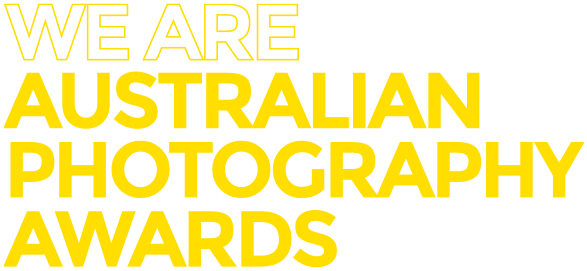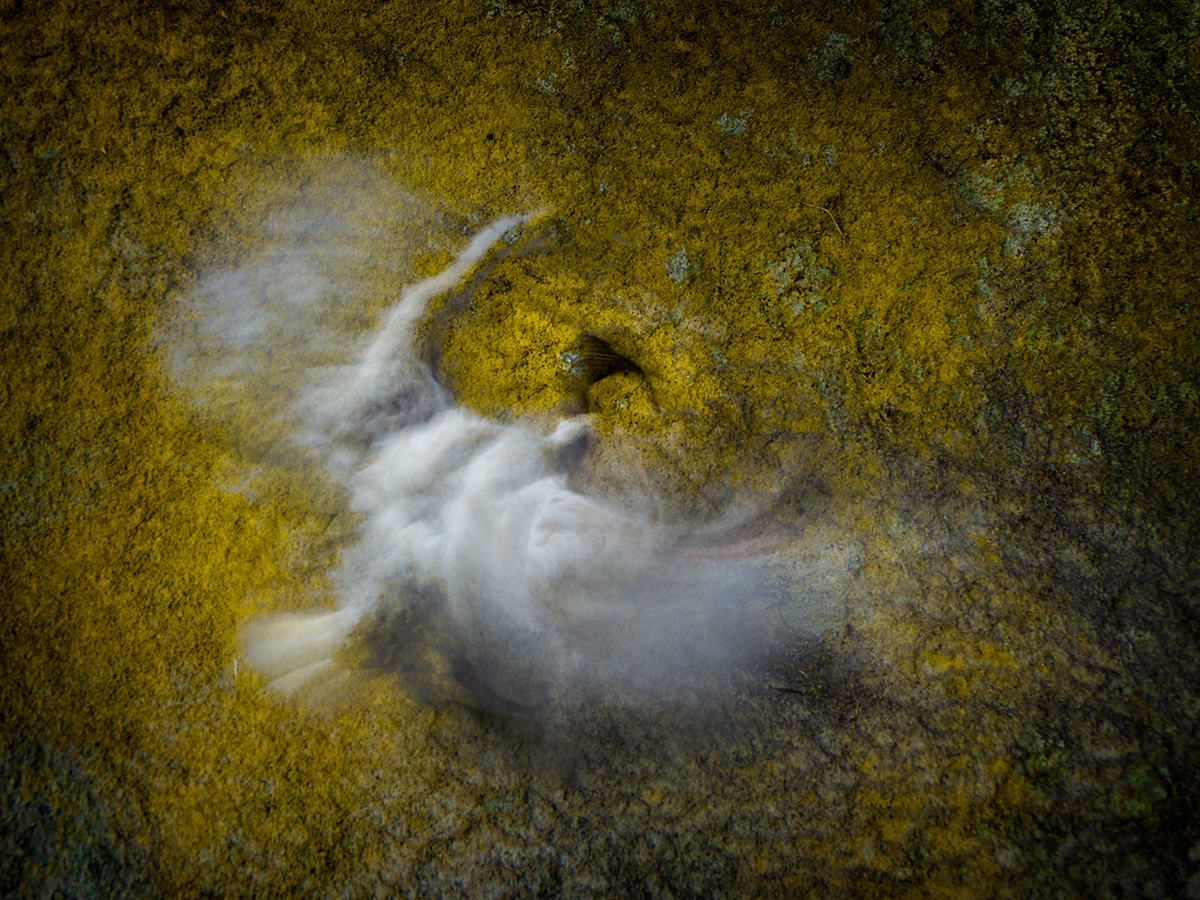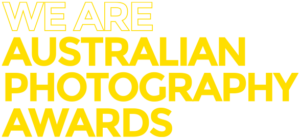Over the past six weeks we have been discussing various genres of photography; Portrait, Landscape, Wildlife/Animal, Documentary and Travel/Street. Now last but not least, this week we will be breaking down Open/Illustrative.
Of all the photographic genres we have discussed so far, Open/Illustrative is perhaps the only category that might be better described as a set of ideas, rather than a movement within the medium.
Open is, of course, the formality of this category. The informational section. Open is, as it sounds, simply the freedom to submit whatever photographic creation you desire. This could range from abstracted Solography to a traditional portrait. There are no rules here, simply that the basis of the artwork must be linked to photography in essence, medium or form. I would say lens-based but even this is not entirely accurate, as we discussed last month in the Portrait article when referencing the work of Justine Varga.
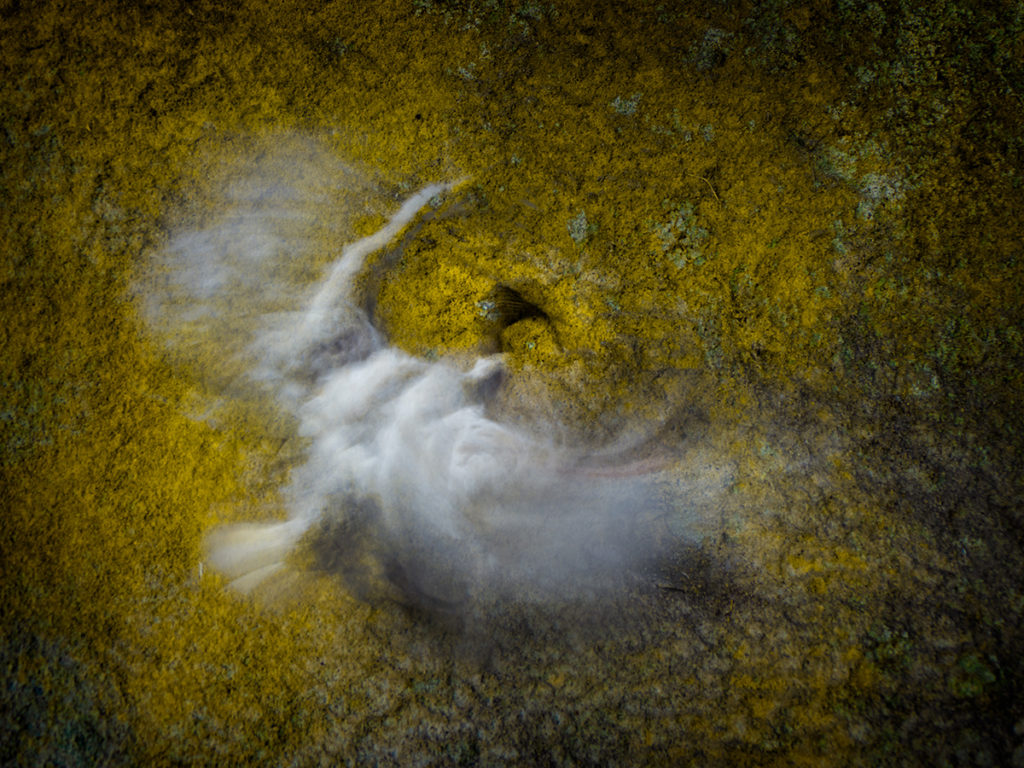
Image by Alan Park
The great purpose of an ‘Open’ category within an awards program is to ensure that we have a space dedicated to the pushing of boundaries and the expanding of ideas. It is also a space for those who work across genres, or strive to defy them. Say an image is created by layering fingerprints onto a piece of photographic paper – is it a portrait? Perhaps, this depends on whether the artist can defend it as such. Could it belong to an ‘Open’ category? Definitely.
Which brings us to the Illustrative part of this category’s namesake. This is the part that can become a bit muddled. When we think of Illustrative photography in 2020, the imagery that comes to mind might be of Aydın Büyüktaş, or perhaps the AI infused work of Mario Klingemann. This style of photography, though occasionally contentious amongst the broader photographic community, has to be acknowledged as one of the most pivotal changes to the visual landscape since the ubiquity of high powered editing software.
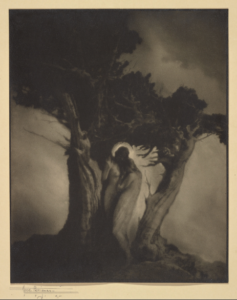
Image by Anne W Brigman
Where many would-be conversationalists around the matter get mixed up though, is in the timelines surrounding this style of work. Illustrative photographic work has existed for as long as photography. Understandable considering the roots of photography lay firmly embedded in camera obscura and camera lucida techniques originally utilised as drawing and painting aids.
This image by Anne W Brigman created at the turn of the 20th Century is one such example of manipulated photography, with multiple elements removed and added years after the creation of the original negative to produce the final artwork. The Metropolitan Museum of Art in New York exhibited this piece, alongside many other historical manipulated photographs in their 2012/2013 exhibition Faking it.
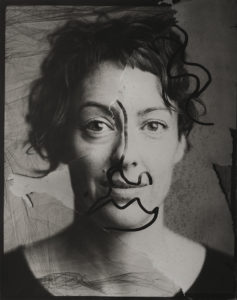
Image by Sharon Blance
The reason I am touching on this history, is that artists considering entering work into the 2020 Open/Illustrative Category should not feel constrained to digital techniques and practices. Whilst weappreciate and celebrate many digital creations each year, one of our favourite pieces of work from the 2019 Open/Illustrative Category was an image by Sharon Blance. Sharon photographed her own self portrait, then drew her self portrait again over the top of the image to illustrate a conversation between two parts of her person – the literal and the interpretive.
As such a varied category requires an equally varied Committee, we have reached out to three incredible artists to consider Open/Illustrative work in 2020. We would like to introduce these Committee members now.
Samantha Everton
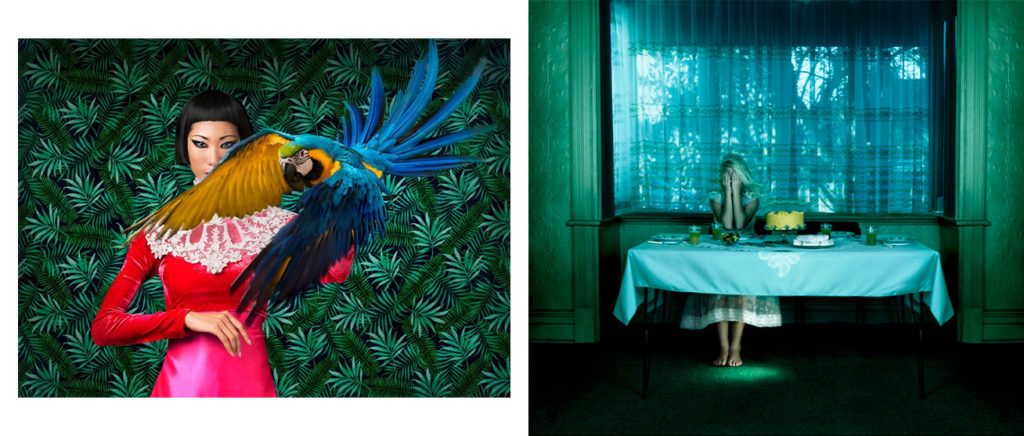
Samantha Everton is a photographic artist with a long history of developing and exhibiting vibrant and conceptual bodies of work. She has exhibited extensively both nationally and internationally including shows at Queensland Centre of Photography, Dickerson Gallery, Ballarat Foto Biennale, PingYao International Photography Festival, Anthea Polson Art, Art House Gallery and Helen Glory Gallery.
Samantha’s award and achievements list is not short either, having been recognised by such prestigious programs as Moran Contemporary Art Prize, Head On, and Px3 Paris International Photography Awards. Her work has also been included in publications by New Yorker Magazine, Photo Review, British Journal of Photography, Time Out Sydney, Courier Mail, Vogue Living and The Age.
Across her long career, Samantha’s work has remained highly choreographed and rich in detail, tonality and metaphor. Utilising the image as a language with which she can express ideas relating to gender, race and childhood.
Pamela Pauline
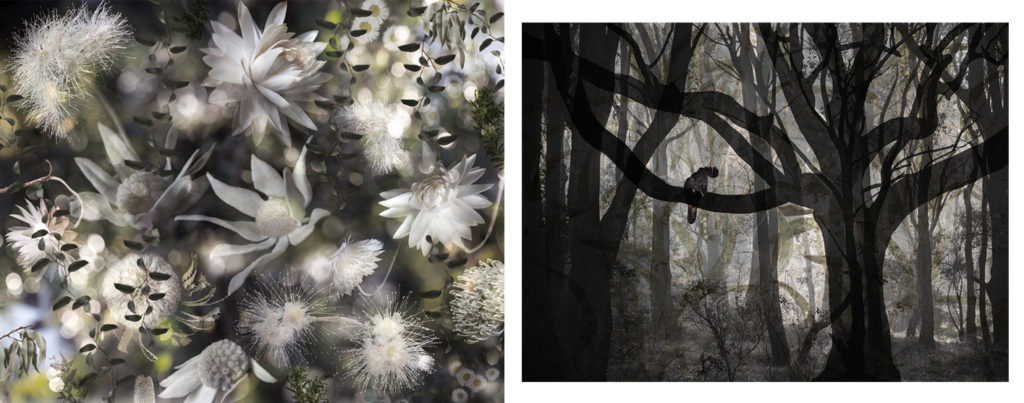
Pamela Pauline’s fine-art photographic works blur the lines between staged conceptual imagery and the documentary process as she creates elaborate composite pieces with a foundation in endemic Australian flora and fauna. Her extensive exhibition history includes shows in association with HeadOn, PingYao International Photography Festival and Auckland Festival of Photography. She has also had her work exhibited at the State Parliament of NSW, Juniper Hall, B-Side Creative Space, HeadOn Festival Hub, Arcadia Private Hospital, Australian Technology Park and the Curated Architectural and Interior Design Fair.
Pamela has a long and illustrious history of awards recognitions including most recently the “Packing Room Prize” in the Kangaroo Valley Art Prize in October this year, 2020 Silver Linings Photography Awards Top 5 Winner, 2019 NSW AIPP Illustrative Photographer of the Year Winner, 2019 Australian Professional Photography Awards (APPA) – Two Gold Awards, Silver Distinction, Silver, 3 time Ravenswood Australian Women’s Art Prize Finalist, 2019 Semi-Finalist Moran Contemporary Photographic Prize and receiving Third Place in our very own 2019 APA Open/Illustrative Category.
Pamela’s understanding of composite imagery will be heavily leveraged as an Open/Illustrative committee member. She will have a keen eye for the best use of digital manipulations within the category and the ways that these techniques impact the conceptual strength of the work.
Steve Scalone
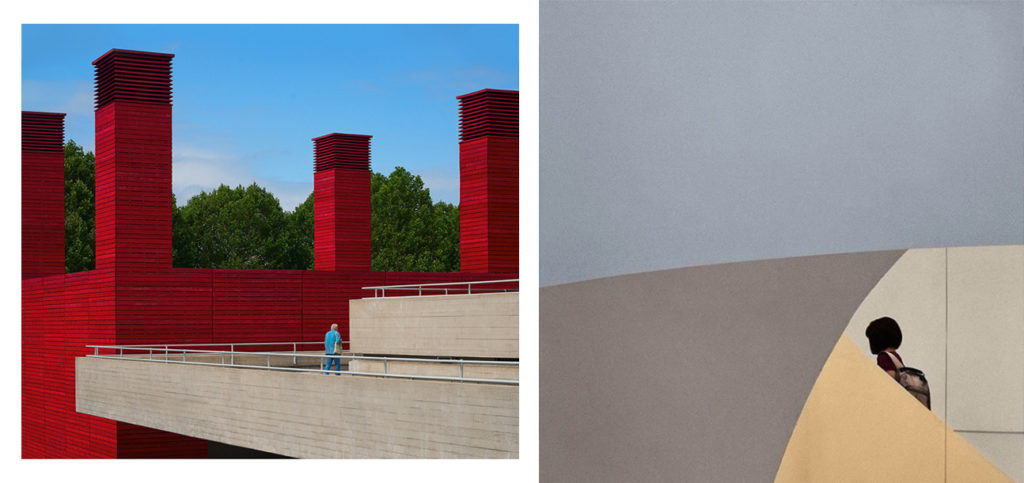
Steve Scalone is a commercial photographer and artist. His highly recognisable imagery, often created in urban spaces, utilises the forms and colours of the existing world to weave together intricate compositions. Steve has a long history of practice within the larger photographic community as well, earning him the title of an Ilford Master Photographer.
Steve’s work has been recognised regularly by programs such as AIPP, earning himself the titles of 2017 AIPP Australian Photographic Book of the Year, 2016 AIPP VIC Travel Photographer of the Year, 2015 AIPP Australian Travel Photographer of the Year, 2015 AIPP VIC Professional Photographer of the Year and 2019 AIPP VIC Travel Photographer of the Year.
Steve’s work is a perfect example of photography that could fit into the Open/Illustrative category as it pushes genre boundaries, existing somewhere in between street photography, architectural landscapes and portraiture all whilst existing within a documentary framework. This genre-defying creative method is perhaps at least partly responsible for Steve’s unique ability to translate the world through photography.
